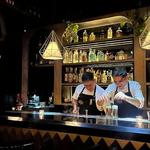Things To Do
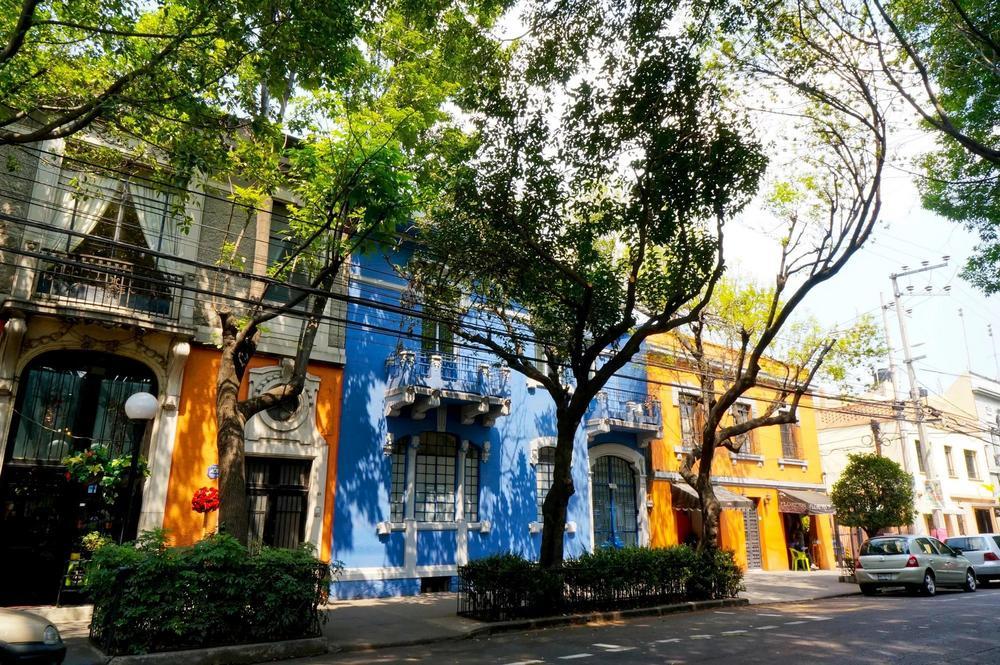
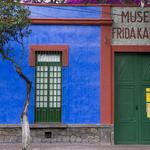
Casa Azul
This Mexico City museum, also known as "Casa Azul" for its shocking cobalt blue exterior, is where Frida Khalo was born and raised. She lived (and eventually died) in the home, which she shared with her fellow artist/husband, Diego Rivera. While the collection of their own artwork is small, what's perhaps more impressive is the couple’s collection of folk art, pre-Hispanic artifacts, photographs, memorabilia, personal items, and more. Make sure to purchase tickets in advance as slots sell out.
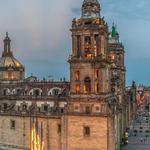
Centro Historico
Centro Historico, or "Centro" colloquially, is both the historic center and beating heart of Mexico City. It's vibrant, moving, and often jammed full of people—like Times Square but with more soul. To make the most of it, check out the guide on what to do in Centro Historico, also commonly referred to as Zócalo, the name of its main square. Prior to the colonial period, it was the main ceremonial center in the Aztec city of Tenochtitlan.

Palacio de Bellas Artes
The Palacio de Bellas Artes (Palace of Fine Arts) is a prominent cultural center in Mexico City. It hosts performing arts events, literature events and plastic arts galleries and exhibitions (including important permanent Mexican murals). "Bellas Artes" for short, has been called the "art cathedral of Mexico", and is located on the western side of the historic center of Mexico City which is close to the Alameda Central park.
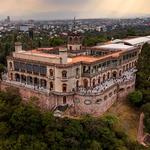
Castillo de Chapultepec
Chapultepec Castle (Castillo de Chapultepec) is located on top of Chapultepec Hill in Chapultepec Park. The site of the hill was a sacred place for Aztecs, and the buildings atop it have served several purposes during its history, including serving as a military academy, imperial residence, presidential residence, observatory, and since February 1939, the National Museum of History. Chapultepec Castle, along with Iturbide Palace, also in Mexico City, are the only royal palaces in North America which were inhabited by monarchs. Containing nine museums, a zoo, an amusement park, and a variety of green recreational spaces located near popular commercial districts, Chapultepec Park is an invaluable ecological oasis, and a cultural, social, and civic space for the city residents and its visitors. It's also more than double the size of Central Park!
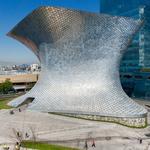
Museo Soumaya
The Soumaya Museum (Museo Soumaya) is a private museum in Mexico City and a non-profit cultural institution with two museum buildings in Mexico City — Plaza Carso and Plaza Loreto. It has over 66,000 works from 30 centuries of art including sculptures from Pre-Hispanic Mesoamerica, 19th- and 20th-century Mexican art and an extensive repertoire of works by European old masters and masters of modern western art such as Auguste Rodin, Salvador Dalí, Bartolomé Esteban Murillo and Tintoretto. It is called one of the most complete collections of its kind. Since it opened in 2011, the Soumaya Museum has quickly become one of the most iconic museums in Mexico City. And not only because of its art: The giant silver building, tiled with thousands of silver hexagons, is one of the showiest pieces of architecture in the city.
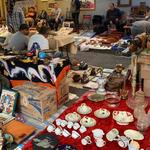
La Lagunilla
La Lagunilla Market is a traditional public market in Mexico City, located about ten blocks north of the city's main plaza, in a neighborhood called La Lagunilla. The market is one of the largest in the city and consists of three sections: one for clothing, one for furniture and one for foodstuffs, mostly selling to lower income customers. The market is surrounded by small stores and street vendors, many specializing in furniture and dresses and other needs for formal occasions. On Sundays, the number of street vendors grows significantly, a weekly “tianguis” market called a baratillo which traditionally sells used items. One section of this baratillo has developed into a market for antiques.
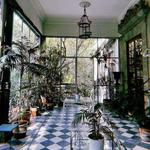
Museo Casa de la Bola
The Casa de la Bola Museum (Museo Casa de la Bola) is a 16th century building of incredible atmosphere. In the old and rather famous neighborhood of Tacubaya, it’s also among the oldest parts of the city. The museum evokes much of what is best remembered from those by-gone eras, and a substantial collection of 17th- and 18th-century art. The grounds of the museum are today the Parque Lira which makes an excellent place to visit. With 13 rooms primarily decorated in a 19th century style, some furniture from the 16th through the 20th centuries is included in the permanent collection.
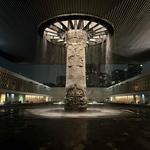
Museo Nacional de Antropología
The National Museum of Anthropology (Museo Nacional de Antropología, MNA) is a national museum of Mexico. It is the largest and most visited museum in Mexico. Located in the area between Paseo de la Reforma and Mahatma Gandhi Street within Chapultepec Park in Mexico City, the museum contains significant archaeological and anthropological artifacts from Mexico's pre-Columbian heritage, such as the Stone of the Sun (or the Aztec calendar stone) and the Aztec Xochipilli statue.
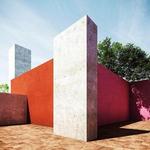
Casa Estudio Luis Barragán
This museum, the former home and studio of Pritzker-Prize-winning architect Luis Barragán, is frequented by architecture and design lovers. From the street, you'd never guess the personality that lies inside: The stark-gray façade humbly blends in with neighboring homes, but walk to the interior of the estate and you'll find striking walls in a kaleidoscope of bright colors, fountains, and pools. Visits to the museum are by reservation only and always accompanied by a guide. There are a limited number of visitors per day and children under 10 are not permitted.
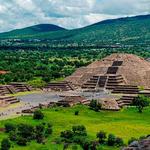
Teotihuacan Pyramids
The holy city of Teotihuacan ('the place where the gods were created') is situated ~30 miles north-east of Mexico City. Built between the 1st and 7th centuries A.D., it is characterized by the vast size of its monuments – in particular, the Temple of Quetzalcoatl and the Pyramids of the Sun and the Moon, laid out on geometric and symbolic principles. As one of the most powerful cultural centres in Mesoamerica, Teotihuacan extended its cultural and artistic influence throughout the region, and even beyond. We would recommend booking a private tour with private transportation but it's completely possible to visit independently. There are also sunrise hot air balloon rides!
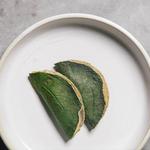
Molino "El Pujol"
The team behind the 2-Michelin-star restaurant Pujol also runs a humble, casual eatery called Molino el Pujol. An authentic Mexican street food experience with a gourmet twist. Start with the taco de aguacate! As this place is very popular - we recommend going outside of normal lunch hours to maximize chances of getting a table.
